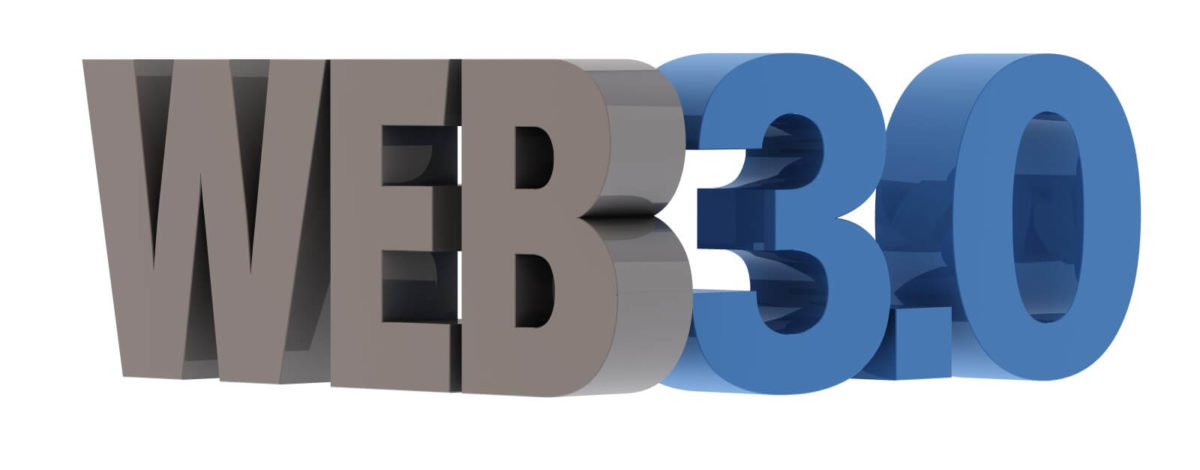Hello reader, you clicked on this article, because you decided it might be interesting to read. The chance is high that you also posted an article, which I may read in turn, and even comment on. This way, we are interacting with each other and exchanging information. How fun!
How the web has changed
This process is probably in no way new for you, though. You are doing this on a daily basis. It’s called the ‘Web 2.0’. This is the web of a huge amount of producers of information and a enormous amount of consumers. For instance, think of online chatrooms and databases where you can instantly post your opinion or facts or those of someone else. When looking for a recommendation where to go or eat, you can go to website where thousands of people like you left their reviews. This system is a big step up from the ‘Web 1.0’, where there were only a few single producers of information, and you as a consumer had to accept whatever information was given to you.
So imagine you have a tough question that you need answered. Let’s say… ‘ Where shall I eat tonight?’ In the Web 1.0, you would find a few websites of restaurants near you, and after you have had to decide whether you want pizza or burgers, you would have to trust their websites as to how good their food is. In the Web 2.0, you are helped by peers who reviewed these restaurants, but you still have to pick your preference.
What the web is doing now
Now, the ‘ Web 3.0’ is arriving. The Web 3.0 wants to help you by giving a tailor-made answer to your question. It wants to get to know you, so that it knows exactly what you need. Based on travel data, it knows that you only have a bike to get around. Based on location data, it knows where you live and what restaurants are an option for you. Based on browsing data, it knows what your favorite food is. When you ask it where you should eat, it will use all this information to recommend a restaurant that is perfect for you. The more it knows about you, the better it can help you. Examples where this is to some extent already happening is personalized recommendations and ads by companies like Facebook and Amazon.
To create the perfect answer to your query, the Web 3.0 uses the ‘semantic web’, which means that AI analyses all webpages that there are out there, looks at the true meaning of these webpages, and combines all this information to give you a relevant answer. This analysis of true meaning is different from the old way of searching for results using keywords.

The obstacles
As you may think, to give you a personalized answer based on the internet requires that all information that is out there is connected (think of IoT). There are some caveats here, starting with the fact that the total amount of information is huge, often contradictory, and subject to personal opinions.
And even if the Web 3.0 would be advanced to combine all data, the question is who will store that data. As it seems now, the tech giants like Facebook and Google will be the first in line to use your data for this purpose. However, they have already proven that they tend to abuse this data, so imagine the risk when this data becomes even more personalized. And that doesn’t even say anything about hacking yet.
The solution here is the technology of blockchain. Without going into technical details, blockchain is a way to efficiently store data in a decentralized and democratic way. The big tech giants will no longer have a monopoly on our data and it will be much, much safer.
Conclusion
In conclusion, the ‘Web 3.0’ is a name for a big wide trend that is happening in the digital world, that is closely connected to many disruptive technologies, such as AI and blockchain. While we are not there yet, it will massively change the way that we use the internet, if we can find a way to do it safely and efficiently.
Sources:
Guntenaar, F. (2019, August 7). What is Web 3.0? The Evolution of the Internet. Retrieved from https://blockgeeks.com/guides/web-3-0/
Lichtigstein, A. (2018, August 7). Web 3.0 Will Be Powered by Blockchain Technology Stack. Retrieved from https://hackernoon.com/web-3-0-will-be-powered-by-blockchain-technology-stack-626ce3f828c7


